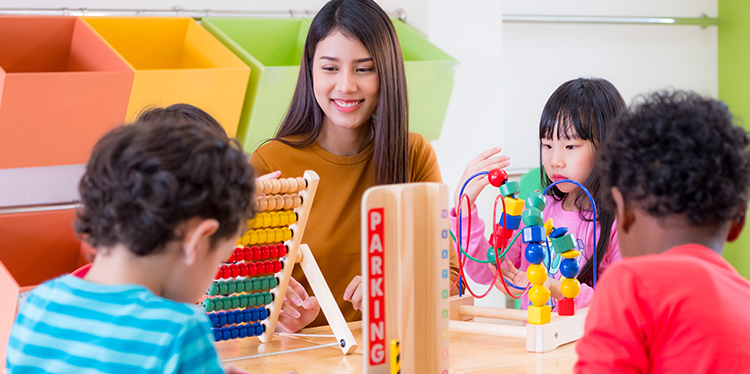We came across this great article about colour in the Education Sector from The Inspired Classroom. Enjoy!
* The Impact of Colour on Learning, http://sdpl.coe.uga.edu/HTML/W305.pdf
How Colour Affects Learning and Memory Performance
Colours are an inevitable part of the surrounding world. It’s no secret they can powerfully influence our mood and emotions. They are frequently used in commercial sectors, like advertising and interior design to trigger emotional reactions to certain products and services. But did you know that colours can also be used in education – be it teaching materials or classroom design – to stimulate learning and increase memory performance?
The right colours
One should be aware that different colours may trigger different reactions. Teachers are encouraged to use coloured materials, pens, and chalk. But how to choose the right colour?
Red is considered the most emotionally intense colour of all palettes. It draws attention and promotes action. If you want to signal the importance of something, it is recommended that you write it in red or put it in red frame, so it won’t go unnoticed. But remember that such strong colour can easily become overpowering when overused.
Another warm colour frequently used is yellow. Although yellow print is hard to read, you shouldn’t refrain from using it in the classroom. It’s very friendly, especially for kids. Similar to red, it attracts tones of attention, but also induces happiness and encourages spontaneity. Use yellow to promote action and boost attention span. It is also claimed that yellow stimulates brain cells, so employ it to highlight important information.

Warm colours
Cold colours, on the other hand, tend to calm emotions. Blue is considered relaxing and peaceful. It encourages thoughtfulness and contemplation. It is also one of the most liked colours, so don’t be afraid to use it.
Green is known for its soothing and refreshing effect. It enhances concentration and sense of security. Use cold colours during classes that require maximum concentration, like maths or science. They help limit distraction, helping students to stay focused and collected.

Cold colours
Target groups
It is recommended that you use bright, stimulating colours when working with grade school children. For high school students it is better to use a combination of green and yellow to boost their creativity and calm nerves. Adults prefer moderate use of colours. They respond best to pastels with a pinch of saturated brightness, used as a focal point.
Regardless of the age group, it is worth remembering that colours need to be balanced with neutrals that, versatile in their nature, create a foundation and bring a sense of stability.
Teaching materials
Psychology has established that colour is the most powerful stimulant, as it involves 80% of the brain in the cognitive processes. Colour also helps you to store information and make associations. In fact, it is the first feature people remember. In 1976, American psychologists Farley and Grant discovered that colourful teaching materials and multimedia increase memory performance. Further research proves their thesis and today we know for a fact that students benefit more from being exposed to multicolour materials, instead of black and white books.

Classroom design
Classroom design constitutes 25% of the learning experience, according to Building and the Environment research. Colourful classrooms influence students’ mood and can make pupils either concentrated and focused, or distracted and annoyed. One way to stimulate participation is to add colourful elements, like chairs and desks. However, be careful not to over-stimulate students. Multicolour rooms are good, but only when colours are used in moderation. If you switch to colourful chairs, stay with neutral walls. Using more than 6 different colours is distracting and will most likely impair pupils’ cognitive abilities.
Colours can be powerful tools that can enhance or impair learning. They can be active communicators of certain messages and are even said to prevent vandalism. But most of all, they are scientifically proven to encourage learning and boost memory performance.


